welcome to
The Knowledge Hub
Discover the Benefits of Composable Business, Cutting-Edge Digital Twin Technology, and Expertise in Taxonomies, Ontologies, and Information Models. Enhance Your Knowledge Today!
Information Models,
Taxonomy & Ontology
By combining information modeling and taxonomy & ontology, we can provide a comprehensive understanding of a business. Information models help establish a shared reference point in an organization.
Information models play a crucial role in making sure everyone in an organization is on the same page. It helps everyone understand each other.
Taxonomy is the method of organizing and categorizing objects based on their form. Taxonomies are like a tree structure, with general ideas at the top and more specific details as you go down. The goal is to make sure each object fits into only one category. A great example of this is the way scientists classify different species of animals. By using taxonomy, they can figure out if an animal is a new species or belongs to an existing one. This same concept can be applied to products, processes, and any other type of object, as long as the taxonomy is detailed enough.
We believe that creating strong taxonomies is the key to building a reliable information model.
Ontology is different from taxonomy. While taxonomy is about defining objects, ontology talks about the relationships, context, and rules surrounding an object in a specific area. Simply put, ontology shows how an object is connected to other things. It often links different taxonomies together. For example, a person could be classified as a human (taxonomy), but they could also have many different relationships like being a mother, manager, or homeowner (ontology). However, these relationships don’t change the person’s taxonomy classification.
We create digital models of businesses for customers to see and understand their current and future situations. Our expertise is in designing solid solutions based on taxonomy and ontology. This is what we do every day.
Blogs
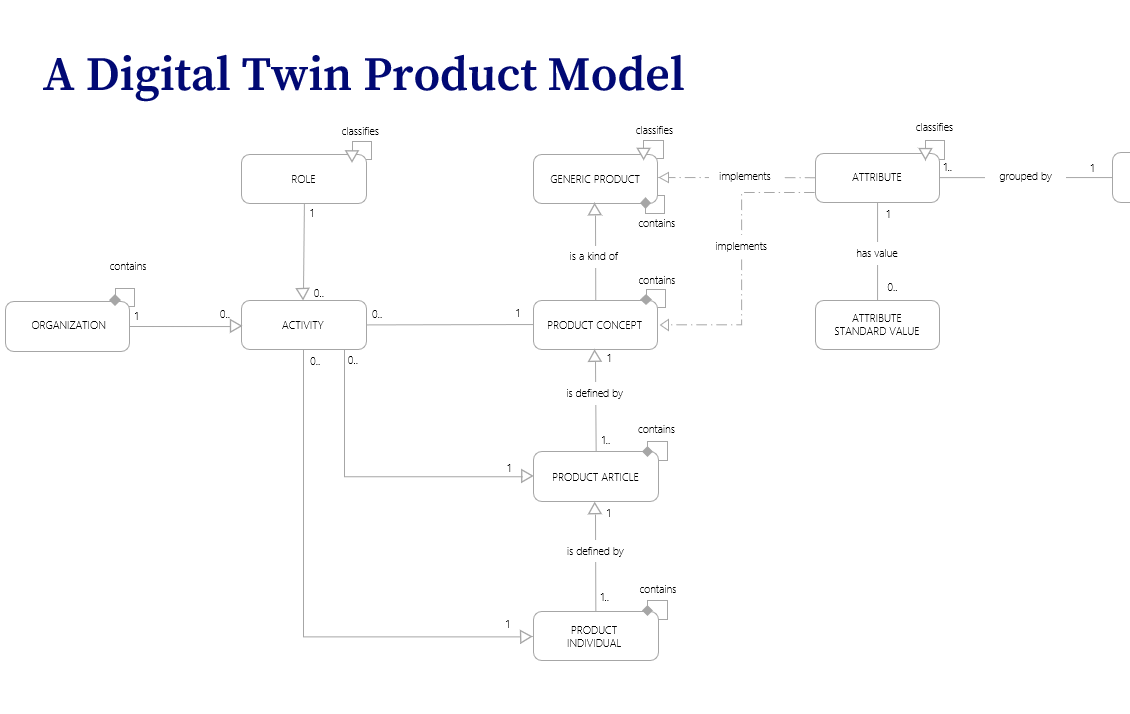
In the Age of Intangible Assets
In the heart of Stockholm at the dawn of a typical workday Erik Johansson, an experienced asset manager, looked out at the cityscape from his high-rise office. He had always enjoyed the predictability of his routine, the familiarity of his […]
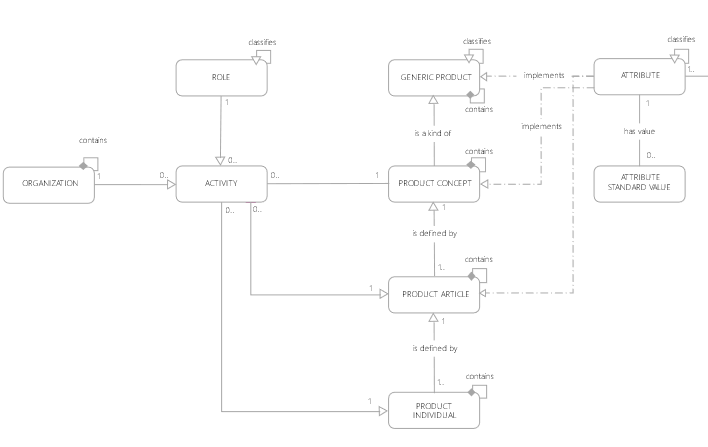
A Game Changer for Productivity and Business Intelligence
Discover the value of meta metadata and how it can revolutionize the way your business can analyze and utilize data for both productivity and decision-making. Understanding Meta Metadata Meta metadata is essentially data about metadata. It describes the structure and […]
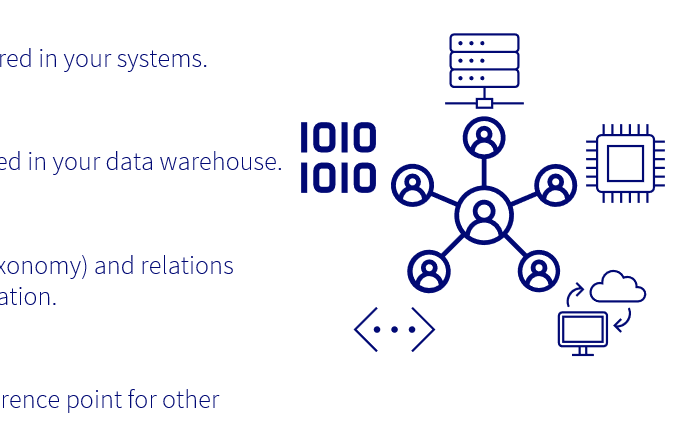
Democratization of data
Part 1: Democratization of data requires a common language and shared definitions Deep within the labyrinthine corridors of a sprawling corporation, a battle was being waged. On one side, the Chief Data Officer, Sarah, armed with her knowledge of data […]
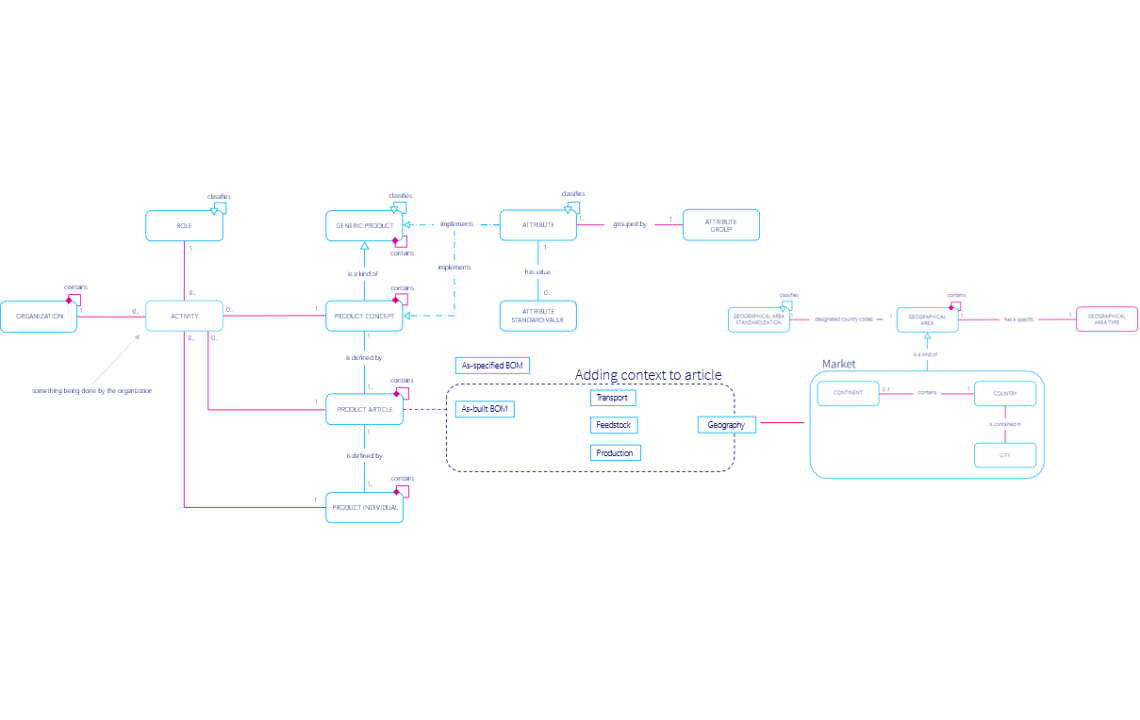
Doing carbon transparency right – here’s how
In 2019, Emma walked towards the meeting room that she had booked for the entire day. She only had one point on the agenda: “There is a high risk that we spend the entire day just discussing and we won’t […]
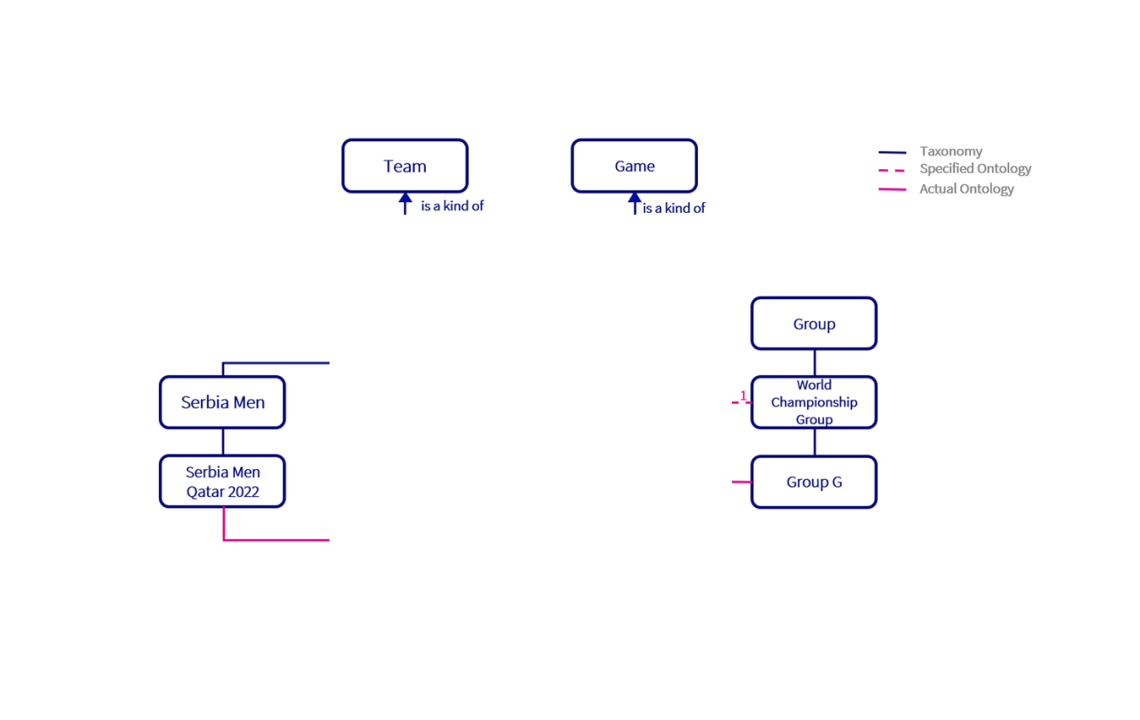
If you had to do a Football World Championship 2.0 model
An information modeler’s challenge – how would you have done it? How is a Football World Championship really structured and what are the components required to make up the whole? Football associations, national teams, players, referees, coaches, equipment, assets such […]
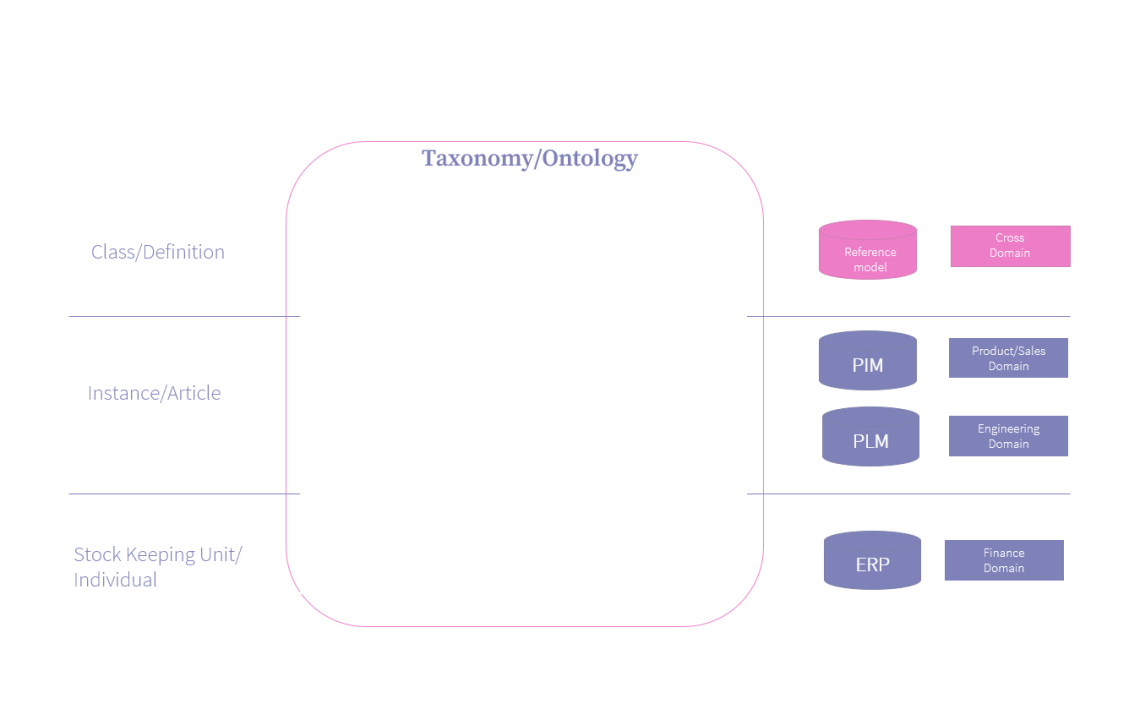
A new breed of business consultants of 2023 will know data and information modeling
Let’s start with a couple of questions to set the scene. As a business consultant you are often faced with a wide array of tasks and topics. Many (most) include data in one form or another. Increased specialization and the […]
White papers
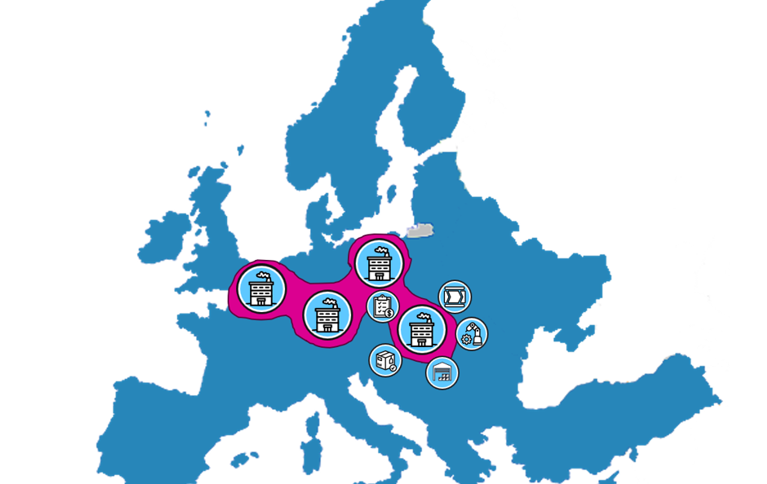
Full Footprint Transparency
Optimizing and Rationalizing Production Executive Summary In today’s competitive manufacturing environment, achieving production efficiency and cost optimization is critical. Companies often operate multiple production sites with overlapping capabilities, yet face challenges such as underutilization, overcapacity, and low transparency across their […]
